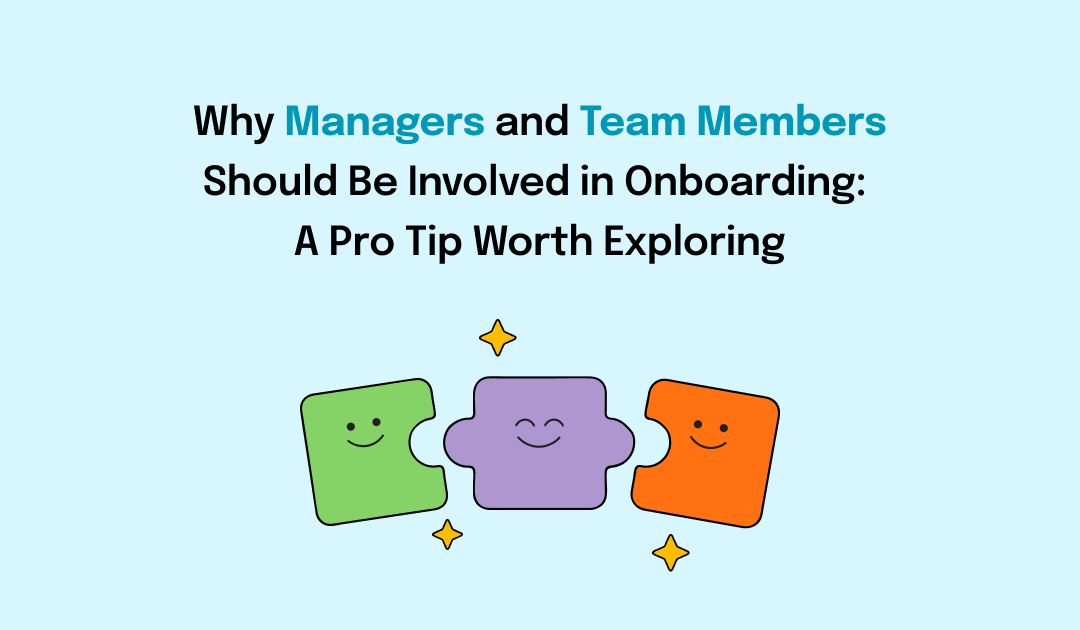A great and practical guide to help any leader transition into a new job, position, and organisation, within the first quarter or more specifically – 90 days, this book is a treasure chest of knowledge!
Anyone who has worked anywhere is bound to realise the importance their actions taken in the first few months hold and how they largely determine weather one succeeds or fails. There comes a point in every business venture – a point at which you contribute as much value to the organization as you consume from it. Even though the time varies per individual, the goal is to get to this breakeven point as quickly and effectively as possible. The book is loaded with practical strategies, lessons and advice for a smooth transition and growth to this very point. Each chapter ends with a checklist to help you absorb key lessons and apply them to your situation. Here’s a low down on the key steps that will help you make a smooth transition:
Prepare Yourself
Table of Contents
Past success might set up you for future failure.
If you continue to bask in the glory of your previous job and achievements, chances of failing miserably are very real. Any new job or promotion demands completely different skillsets. Doing your personal SWOT analysis (strengths, weaknesses, opportunities and threats) depending on the abilities that new position demands will help you a great deal.
Accelerate your learning
The author encourages one to make a 90 days plan for yourself and get an approval on the same from your boss; post which you need to identify the people and resources who can provide the best return on your learning investment. Analyse the rich array of resources available across platforms such as information available on the company’s website.
Match strategy to situation
If you join or move up to a new leadership position, you may find yourself into one of these 5 business situations. The author narrows it down as STARS –
- Start-up
- Turnaround
- Accelerated Growth
- Realignment
- Sustaining Success
There is no one size that fits all the possible approaches towards leading change. This is why it’s important for the leaders to be clear about the STARS mix and strategise accordingly.
Negotiate success
Many mangers mistakenly assume that they can continue to interact with their current boss in the same manner despite being in a different role. Have conversations with the boss to set clear expectations of what you plan to get done and when. You also need to clarify and shine a light on potential opportunities or issues. There are a host of basic do’s and don’ts discussed in the book. These include but are not limited to
a) Don’t stay away
b) Don’t surprise your boss
c) Don’t approach your boss only with problems
d) Don’t run down your checklist
&
e) Don’t expect your boss to change
Secure Early Victories
Focus on securing early wins to help build momentum. This helps you focus in the early days, and it also helps to build your credibility with the people you are working with. Ideally the size of your wins will increase over time and all work towards the long-term goal. Few things that will help you secure these small early wins – Keep your long-term goals in mind, identify promising focal points, focus on what’s good for the business etc.
Achieve alignment
What this particular chapter brings to light is that strategy, structure, system, skills, and culture of an organisation all need to be aligned with he same central value to achieve success.
Build your team
Getting the right people on your team is critical to success. However, the team should not be changed too quickly because a new leader will need time to truly know the existing team and too much churning will cause instability. The book further encourages us to look for the following 6 values that you can use to evaluate the team members
- Competence
- Decision Making
- Kind of Energy
- Focus on priorities
- Inter-organisational relationships
- Trustworthiness
- Attitude towards deadlines
Create alliances
To bring change, you need support. It’s important to figure out who are the supporters and who are the opponents. A few simple tricks to win the support within the organisation – Consistency in upholding values, with prior commitments and decisions, and reciprocity; people are vulnerable to appeals for support that invokes past favors they have received.
Manage yourself
The key to managing yourself lies in a few self care hacks. From taking time to plan things efficiently, setting the right priorities, taking time to step back from high stake situations, focusing on the processes involved in your efforts towards a desired result, every little thing matters. Furthermore, your support system needs to include not just professional but family support as well.
Accelerate everyone
As a leader, it is important to ensure that everyone transitions and grows more effectively. As this will, in turn, help the company to grow more successfully. Create a development plan and identify the promotions and the onboarding process efficiently.
Conclusion
This book is a wonderful tool with interesting and effective insights into the strategies that go into making a successful leader. Furthermore, it can help just about anyone in becoming more productive and successful, thereby, resulting in unprecedented professional growth






















